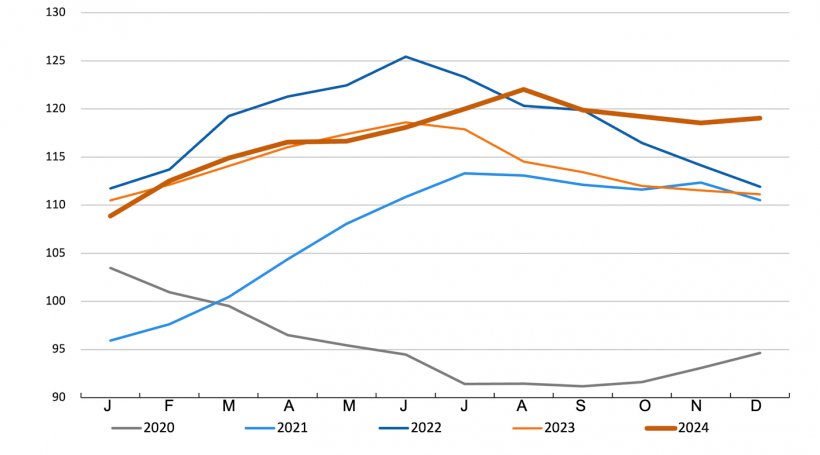The FAO Meat Price Index averaged 119.0 points in December, up 0.5 points (0.4%) from November, marking a rebound after three months of consecutive declines. At this level, the index stood 7.9 points (7.1%) above its corresponding value a year ago.

The increase was primarily driven by higher bovine meat prices, resulting from strong global demand coupled with production constraints due to routine end-of-year maintenance shutdowns at processing plants in major exporting countries.

Likewise, international ovine meat prices rose, underpinned by reduced slaughter availability in Australia following improved pasture conditions from recent rainfall, which encouraged higher livestock retention, combined with sustained global demand.
By contrast, pig meat prices declined, underpinned by weaker-than-expected consumer demand in the European Union ahead of the winter holidays.

Meanwhile, poultry meat prices registered a slight decline due to ample export supplies from Brazil.
In 2024 as a whole, the FAO Meat Price Index averaged 117.2 points, up 3.1 points (2.7%) from 2023, driven by robust import demand from key meat-importing countries, amid slower global production growth. This sustained higher average prices for bovine, ovine, and poultry meats, while average pig meat prices declined, prompted by subdued import demand, particularly from China.
January 3, 2025/ FAO.
https://www.fao.org/




